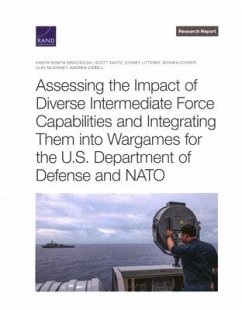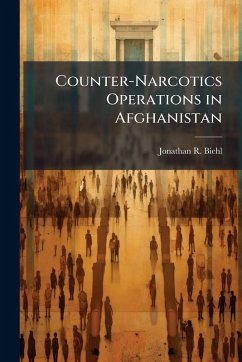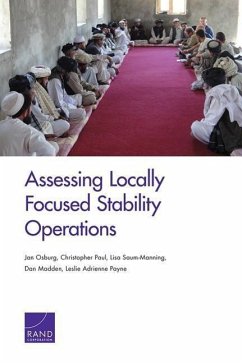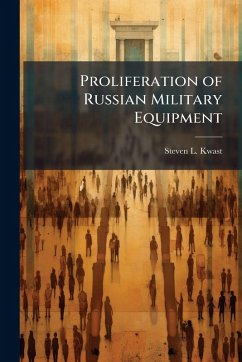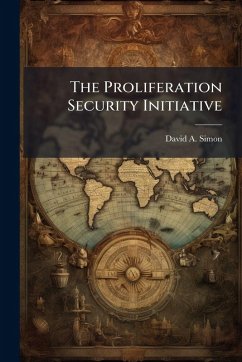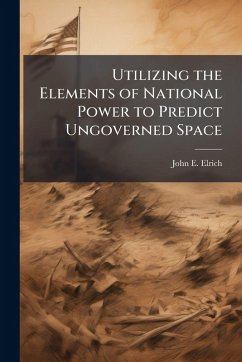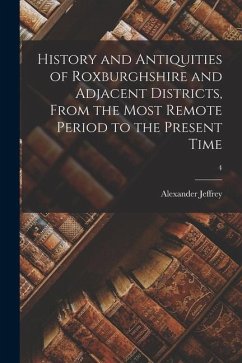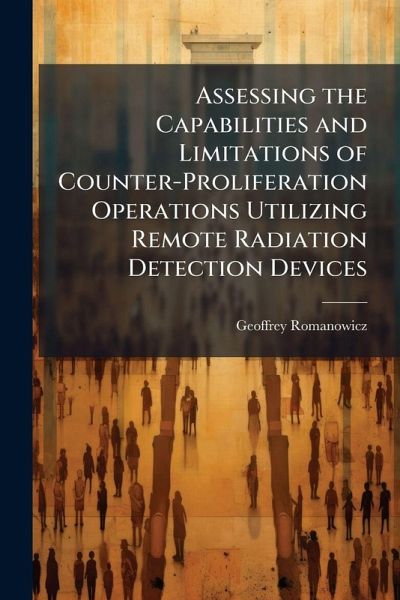
Assessing the Capabilities and Limitations of Counter-Proliferation Operations Utilizing Remote Radiation Detection Devices
Versandkostenfrei!
Versandfertig in über 4 Wochen
17,99 €
inkl. MwSt.
Weitere Ausgaben:

PAYBACK Punkte
9 °P sammeln!
A subject of national importance that poses a major security challenge for the United States and its allies is the detection, tracking, and interception of illicitly obtained radioactive material across international borders. Illicit radioactive material can include both special nuclear material (SNM) and radioactive isotopes utilized for industrial, medical, and academic purposes. This paper will analyze the United State's capability to execute counter-proliferation operations in a spectrum from friendly to hostile environments wherein both overt and clandestine activity is essential. The pap...
A subject of national importance that poses a major security challenge for the United States and its allies is the detection, tracking, and interception of illicitly obtained radioactive material across international borders. Illicit radioactive material can include both special nuclear material (SNM) and radioactive isotopes utilized for industrial, medical, and academic purposes. This paper will analyze the United State's capability to execute counter-proliferation operations in a spectrum from friendly to hostile environments wherein both overt and clandestine activity is essential. The paper is written for planners and decision makers at all levels of the United States government, military and civilian; to better prepare these individuals for the operational considerations of a counter-proliferation mission. The focus of the paper will be linking operational planning to both the strategic and tactical capabilities of the United States concerning counter-proliferation operations in a non-permissive or semi-permissive environment. This work has been selected by scholars as being culturally important, and is part of the knowledge base of civilization as we know it. This work was reproduced from the original artifact, and remains as true to the original work as possible. Therefore, you will see the original copyright references, library stamps (as most of these works have been housed in our most important libraries around the world), and other notations in the work. This work is in the public domain in the United States of America, and possibly other nations. Within the United States, you may freely copy and distribute this work, as no entity (individual or corporate) has a copyright on the body of the work. As a reproduction of a historical artifact, this work may contain missing or blurred pages, poor pictures, errant marks, etc. Scholars believe, and we concur, that this work is important enough to be preserved, reproduced, and made generally available to the public. We appreciate your support of the preservation process, and thank you for being an important part of keeping this knowledge alive and relevant.




